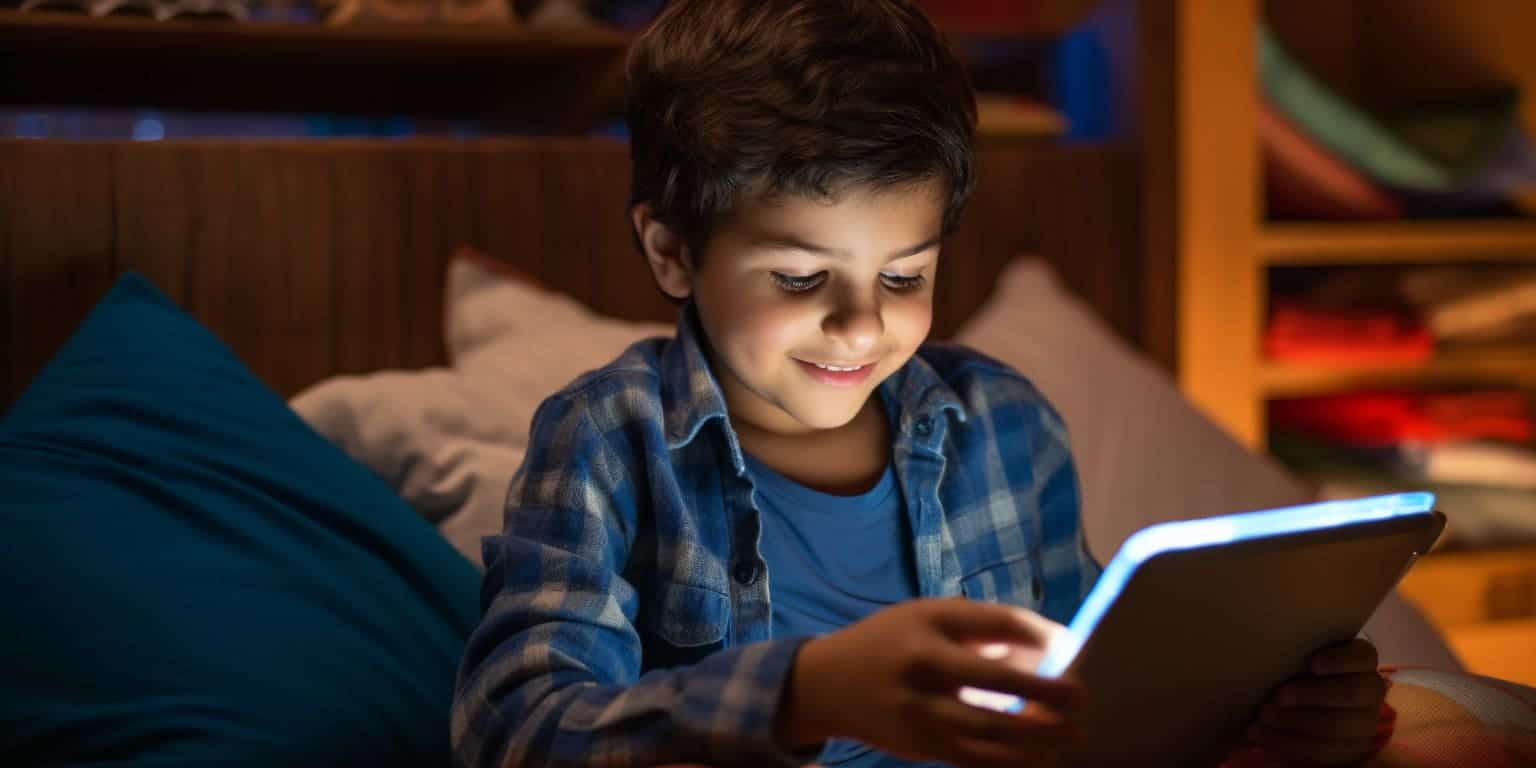
Nowadays, screen time has become a regular part of daily life for children. From learning apps and cartoons to video calls with grandparents, screens are often a valuable tool. But with rising concerns over how much time kids spend in front of screens, many parents are quick to look for ways to cut back. However, the conversation is shifting from how much to how well. It’s not just about reducing screen time. It’s about improving the quality of it.
Quantity vs. Quality: Rethinking the Screen Time Debate
Parents often ask, “How many hours is too much?” While limiting excessive screen use is important, not all screen time is equal. An hour spent watching fast-paced, noisy videos is very different from an hour exploring a nature documentary or creating digital art. Instead of focusing solely on cutting back, it’s more helpful to consider what children are watching, doing, and learning when they’re online.
High-quality screen time supports learning, creativity, and even social connections. It encourages kids to engage actively rather than passively consume. That’s why the real goal should be better screen time, not just less of it.
What Makes Screen Time “Better”?
Better screen time promotes meaningful engagement. That might mean choosing educational programs, apps that build problem-solving skills, or games that spark imagination. It can also include co-viewing experiences, where parents and children watch and discuss content together. These moments open the door to valuable conversations and shared understanding.
The content matters just as much as the duration. Interactive, thoughtful, and age-appropriate digital experiences help children develop critical thinking, empathy, and real-world knowledge. Passive scrolling or overstimulating entertainment, on the other hand, can leave kids feeling distracted or overwhelmed.
To explore what counts as better screen time, take a look at this helpful guide: Better screen time.
Signs of Healthy Screen Use
When screen time is balanced and high-quality, children are more likely to stay emotionally regulated, physically active, and socially engaged. You might notice they’re excited to talk about what they’ve watched or learned, or they take inspiration from digital content and apply it to offline play.
Healthy screen habits also involve setting limits and encouraging breaks. Screens shouldn’t replace sleep, exercise, or face-to-face connection, but they can complement a full and active life when used thoughtfully.
Encouraging Smarter Digital Choices
Parents can help children make better screen choices by setting the tone at home. This includes:
- Creating screen-free zones like bedrooms or dinner tables
- Co-viewing and discussing content regularly
- Modeling balanced screen use as adults
- Choosing apps and shows with purpose, not just for distraction
It’s also helpful to let children be part of the decision-making process. When kids have a say in what they watch or play (within healthy boundaries), they’re more likely to develop responsible habits.
Using Screens as a Tool, Not a Crutch
In times of stress, boredom, or busy schedules, screens can easily become a quick fix. But over-reliance on digital devices can lead to emotional dependence or missed opportunities for offline growth. Instead, try to view screens as one tool among many. Use them to support a child’s interests, broaden their understanding, or deepen family conversations.
Whether it’s learning to draw with a video tutorial, chatting with cousins overseas, or discovering fun science facts, screens can offer more than just entertainment. The key is making those moments intentional and meaningful.
The Takeaway
The future isn’t screen-free; it’s screen-smart. As parents, caregivers, and educators, the goal shouldn’t be to eliminate screens entirely, but to guide children toward digital experiences that enrich rather than drain. By focusing on quality over quantity, we can help kids become more curious, more thoughtful, and more connected in both their online and offline worlds.





![Home Renovation Guide [2025]](/app/uploads/2021/04/design-hacks-1-378x300.jpg)
